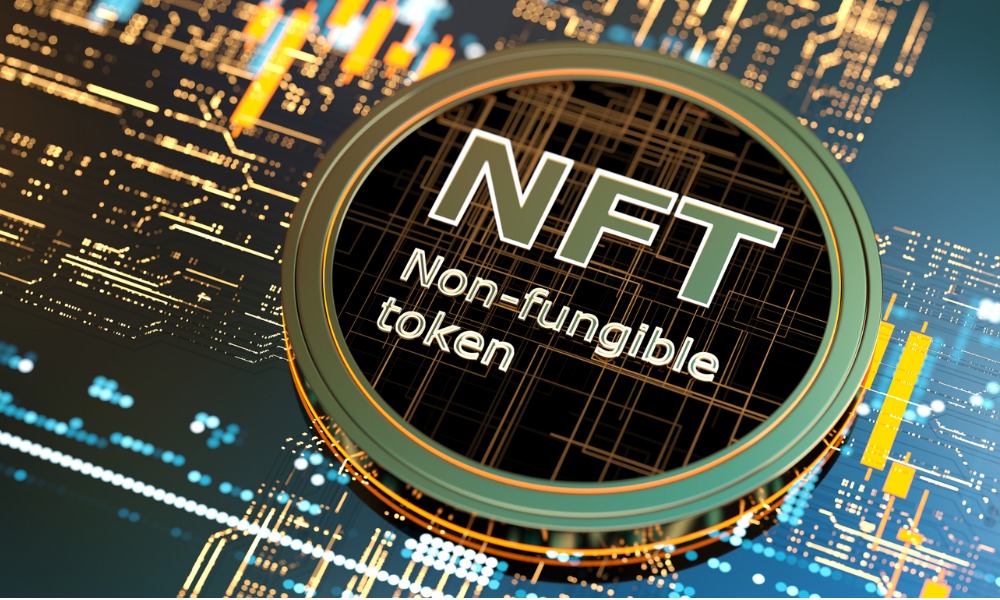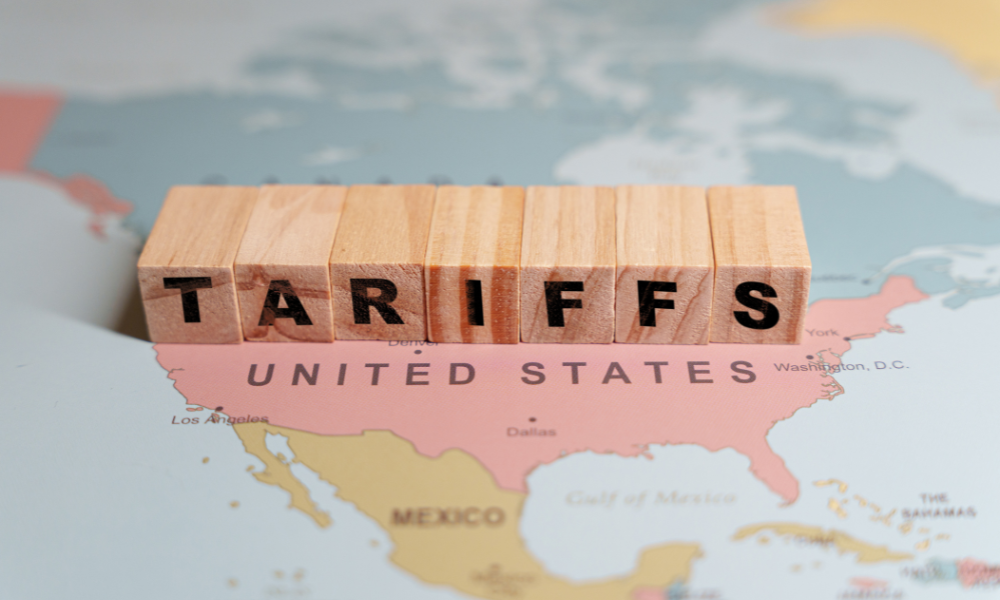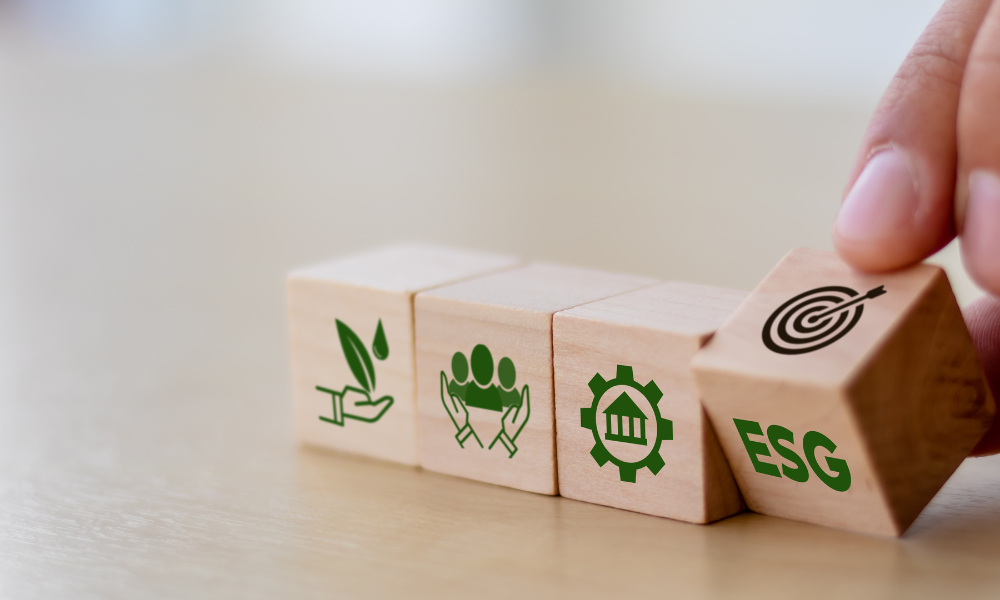What are they and how do they work? And are the prices 'borderline insanity' as one advisor believes?

By now, you’ll have likely heard about NFTs, or non-fungible tokens to give them their full title. The uninitiated could be forgiven for thinking that’s a theme park credit or a type of wild mushroom but the truth is, in many ways, a lot crazier.
A digital-only artwork was recently sold at Christie’s auction house for US$69 million and there are other more leftfield examples. An animated GIF of Nyan Cat, a 2011 meme of a flying pop-tart cat, sold for $500,000, while musician Grimes has flogged some of her digital artwork for more than $6 million.
Twitter’s founder Jack Dorsey promoted an NFT of the first-ever tweet, with bids hitting $2.5 million, while Kings of Leon were the first band to release an album as an NFT last month.
On the surface, the digital world is discovering ways to make art investable, for similar reasons people buy art or fine wine. But how does it work? And is it any more than a speculative fad?
What is it?
In economics, a fungible asset is something with units that can be readily interchanged - like money. You can swap a $20 dollar note with 20 loonies and you have the same value. Trade one Bitcoin for another and, again, you have the same value.
However, if something is non-fungible, it means it has unique properties that cannot be interchanged with something else, like the Mona Lisa, which is a one of a kind. While you can take a painting or buy a print, there will only ever be one original.
How does it work?
As we all know, digital files can be easily and endlessly duplicated. With NFTs, artwork is "tokenised" to create a digital certificate of ownership that can be bought and sold.
Crucially – and this is important – a record of who owns what is stored on a shared ledger known as the Ethereum Blockchain, which also supports the Ethereum cryptocurrency. This means records can’t be forged because the ledger is shared by thousands of computers all around the world.
NFTs can also contain smart contracts that may give the artist, for example, a cut of any future sale of the token.
But can’t I just copy digital art?
Exactly – and this is where it gets problematic. Nothing can stop anybody copying a jpeg and reposting it but they just don’t own the original. This makes less sense when dealing with fine art but arguably more sense when dealing with baseball or Pokémon cards.
Jason Pereira, partner and senior financial consultant at Woodgate Financial, beleives some of the money being thrown around for digital art is “borderline insanity”. He told WP that in the real world, Blockchain’s ability to prove and secure ownership of something is legitimate, in part because transactions are settled instantaneously.
However, he said that transferring that process into the digital world is where things get “a little bit weird”. If you're buying digital artwork, he questioned what rights the buyer actually has. Would they sue someone for using a screenshot of it? What are the fair-use principles?
He added that society has yet to define in law what those ownership rights entitle you to. He said: “There’s entire series of laws developed over hundreds of years around principles of ownership in the real world. But now we're talking about the digital world, we don't even know what these people are actually paying for other than they have the first claim, or whatever its going to be, when it's proven in court. That’s the problem.”
Is this a bubble?
With the uncertainty over ownership, it certainly feels like it. Pereira believes we are in “landgrab” territory right now and that if someone wants to pay $9,000 for a virtual hoodie – no joke, that was on this writer’s Twitter feed – then that’s a personal value call. Many gamers who incorporate virtual personas may say that’s well worth the cash.
Former Christie's auctioneer Charles Allsopp, a man who is admittedly from a different world to hardcore gamers, said the concept of buying NFTs made "no sense" and told the BBC that the “people who invest in it are slight mugs, but I hope they don't lose their money”.
Put it this way, William Shatner has sold Shatner-themed trading cards, one of which was apparently an X-ray of his teeth. That feels like a bubble.
However, let’s not get too sniffy. Art is only as valuable as what people are prepared to pay. For trading card collectors, the technology could prove vital to establishing a collection, while on a more emotional level, it’s a way for fans to show their appreciation to an artist they like.
Could it become a proper asset class?
Let’s crawl before we can walk. Pereira told WP that while Jack Dorsey selling tweets is crazy, the blockchain technology behind NFTs is the “most revolutionary technology since the internet itself”.
He said: “Even with the real-world applications for how this is going to create efficiencies, save money, and eliminate bureaucracy, it's really hard to get your head around. The scale of it is just enormous.
“But some of the applications for it are still highly questionable. Do I think that we're going to live more and more of our lives in a digital realm? Yes. Do I think that's going to lead to more and more digital native first types of ownership issues? Absolutely. Do I think that owning a JPEG has any real material value? I’ll let the courts prove that.”
Could music lead the way?
Anyone who collects records understand the concept of owning a rare album compared to the relatively worthless streaming world. An NFT might, in the future, even give you royalty rights, for example. Sounds familiar, well that’s probably because a certain David Bowie foresaw this opportunity with Bowie bonds years ago. While streaming has since taken over the world, it was scarily ahead of its time.
Bowie bonds were a type of bond backed by Bowie's royalty streams. He used the $55 million raised from the issuance to buy rights to his music from his former manager, which would then in turn generate more royalties to bondholders.
Pereira said: “He did something very smart. He realized there was value in the securities markets and he managed to monetize his bonds quite well. There’s precedent for musicians selling rights to their royalties to the general public.”
He added: “But [the NFT market] is also a sign of the times with just how insane every market is right now. My buddy calls it the ‘everything rally’. It doesn’t matter if you make money or even if we have legal precedence for what the ownership rights entitle you to, people just spend a fortune on it.”



